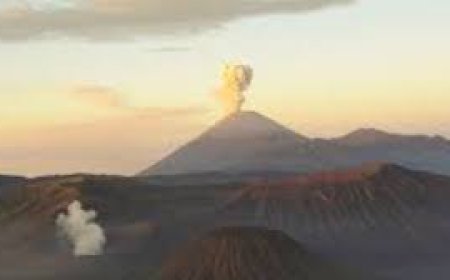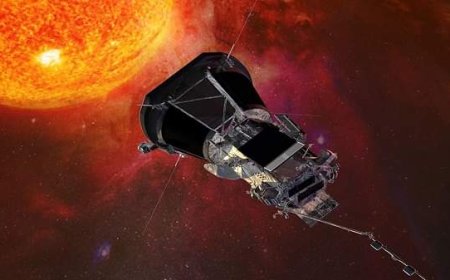The Surprising Origins of Most Meteorites Found on Earth Revealed
Meteorites have fascinated humanity for centuries, igniting curiosity about the universe's secrets and our place within it. These celestial objects, often seen streaking across the night sky, offer valuable insights into the formation of our solar system and the processes that govern planetary bodies. Recent research has significantly advanced our understanding of the origins of most meteorites found on Earth, revealing surprising details about their provenance.

The Nature of Meteorites:-
Meteorites are fragments of material that survive the journey through Earth's atmosphere and land on its surface. They are classified into three main categories: stony meteorites, iron meteorites, and stony-iron meteorites. Each type provides distinct clues about its origin and the conditions under which it formed. While many meteorites originate from the Moon and Mars, a significant portion comes from the asteroid belt, a region between Mars and Jupiter filled with remnants from the early solar system.
New Insights into Meteorite Origins:-
Recent studies conducted by an international team of researchers have shed light on the sources of most meteorites found on Earth. The research indicates that a majority of these meteorites originate from specific asteroid families, particularly the Vesta family, which is associated with a large asteroid in the asteroid belt. This finding is crucial for understanding not only the meteorites themselves but also the dynamic processes that shape the solar system.
The team employed advanced techniques to analyze the isotopic compositions of various meteorite samples. By comparing these isotopic signatures with those found on known asteroids, they were able to trace many meteorites back to their parent bodies. This innovative approach has revealed that approximately 40% of meteorites can be linked to a single source: the protoplanet Vesta, which is the second-largest asteroid in the asteroid belt.
The Role of Vesta:-
Vesta is a particularly interesting target for study. It is believed to have formed early in the solar system's history and has a complex geological history that includes differentiation, a process that separates materials based on density. This process resulted in the formation of a crust, mantle, and core, similar to terrestrial planets. Vesta's surface is marked by a variety of features, including large craters and extensive basaltic plains, which provide a rich tapestry for scientists to explore.
The link between Vesta and meteorites is further solidified by the presence of certain minerals and textures found in both. For example, some stony meteorites, known as howardites, are thought to originate directly from Vesta's surface, offering a snapshot of its geological processes. This connection not only enhances our understanding of Vesta but also provides context for the evolution of other planetary bodies in the solar system.
Implications for Planetary Science:-
The implications of these findings extend beyond mere curiosity about meteorite origins. Understanding where these objects come from helps scientists piece together the history of our solar system. The information gleaned from meteorites can inform models of planetary formation, offering clues about the conditions that existed in the early solar system.
Furthermore, the study of meteorites can aid in identifying potential resources for future space exploration. As humanity sets its sights on Mars and beyond, understanding the materials available in our solar system becomes increasingly important. The chemical compositions found in meteorites could inform future missions, as they may reveal valuable resources that could be utilized for sustaining human presence on other planets.
The Process of Meteorite Recovery:-
Meteorite recovery is a meticulous process that involves both chance and scientific investigation. Many meteorites are discovered by hobbyists and researchers who scour areas known for their meteorite activity, such as deserts or Antarctica. The latter is particularly fruitful due to the pristine conditions that preserve meteorites in the ice.
Once recovered, meteorites undergo rigorous analysis to determine their composition, structure, and isotopic ratios. These characteristics help scientists categorize them and trace their origins. Advanced imaging techniques and mass spectrometry are frequently employed in this analysis, revealing intricate details that are pivotal for understanding their history.
Conclusion:-
The recent revelations about the origins of meteorites mark a significant advancement in our understanding of these celestial objects and their role in the solar system's history. By linking a substantial portion of meteorites to the protoplanet Vesta, researchers have not only illuminated the pathways these objects traveled but have also provided critical insights into the formation and evolution of planetary bodies.
As our techniques and technologies continue to improve, the study of meteorites will undoubtedly yield further discoveries, unraveling the mysteries of the cosmos and our place within it. For scientists and enthusiasts alike, the sky remains a boundless frontier, filled with stories waiting to be told through the study of these fascinating extraterrestrial fragments.
In essence, the findings underscore the interconnectedness of celestial bodies and emphasize the importance of continued exploration and research in understanding our solar system’s intricate tapestry. The journey of a meteorite is not just a tale of a rock from space; it is a chapter in the grand narrative of the universe.
Source : science Alert


















































